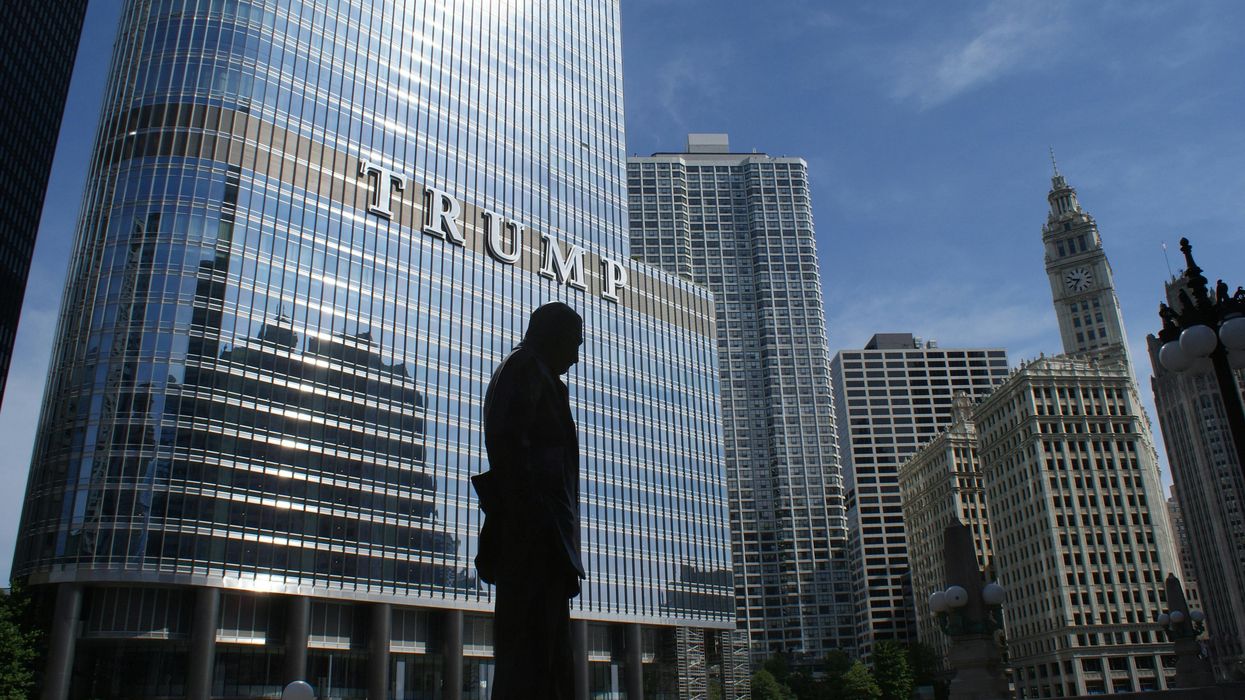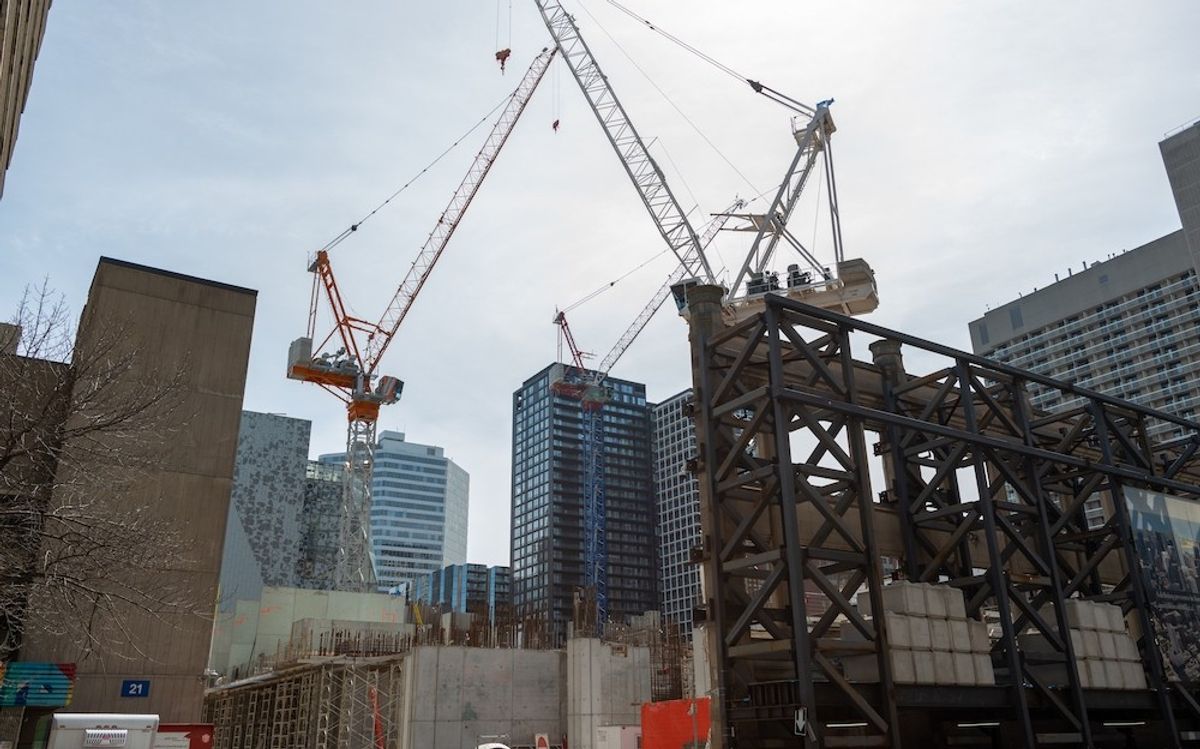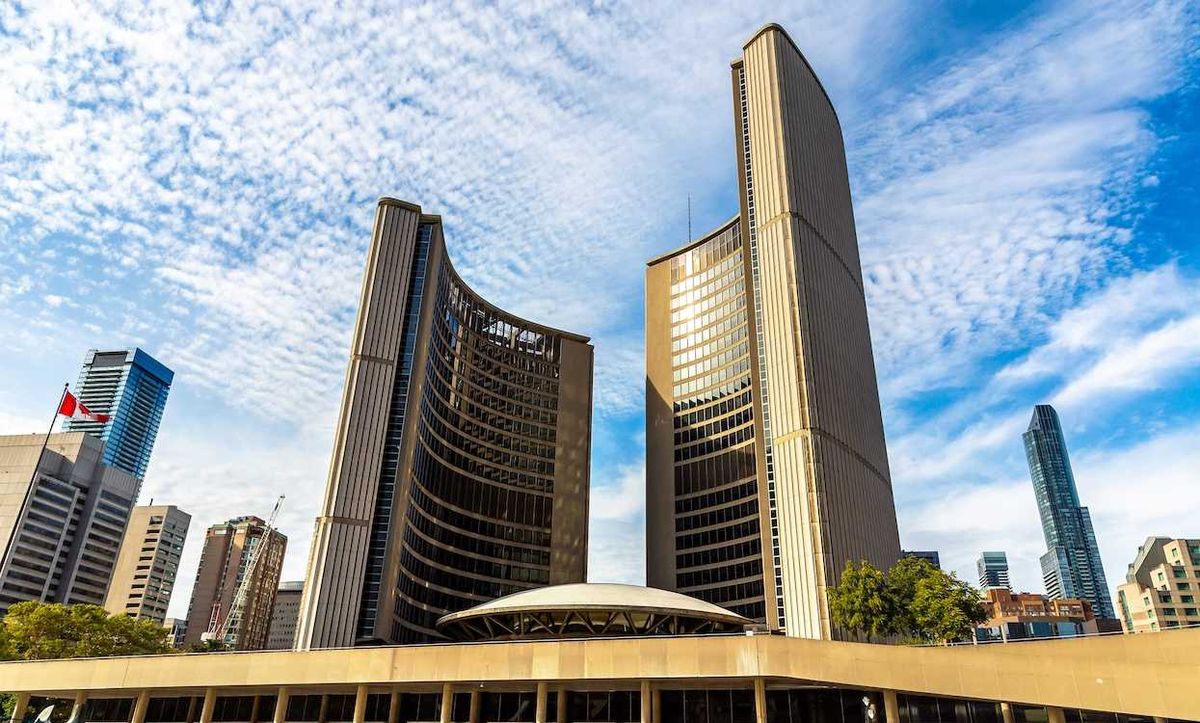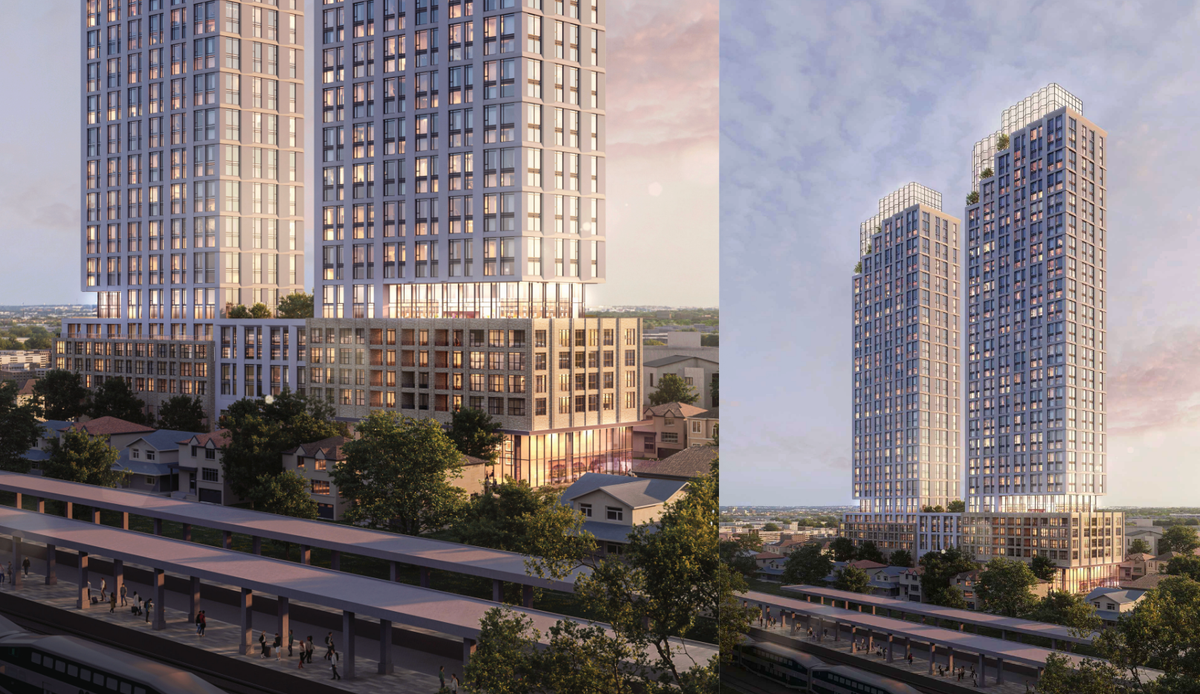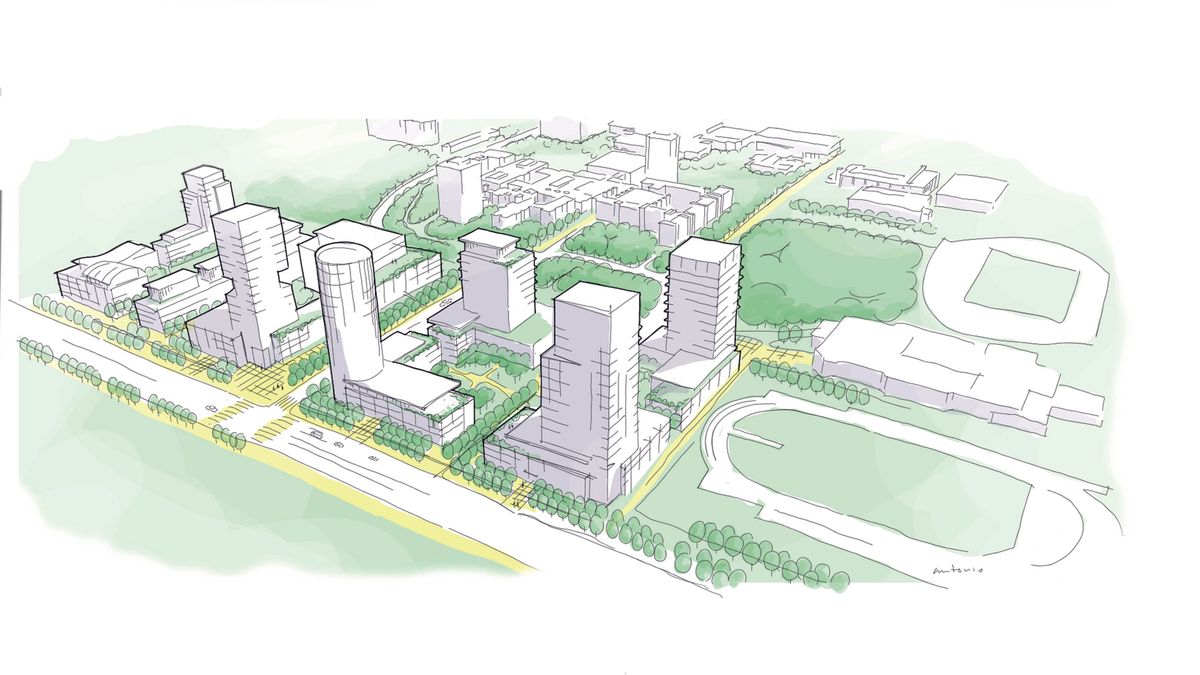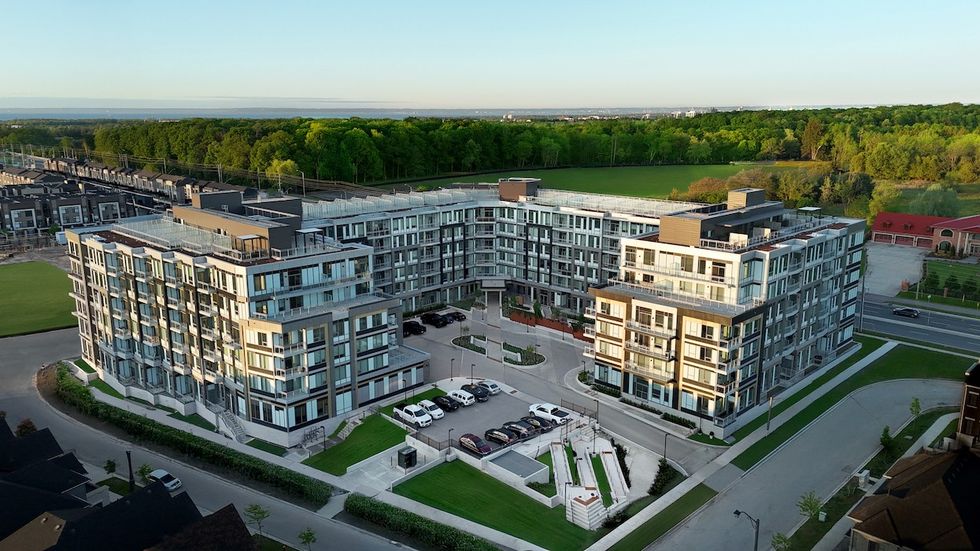[Editor's Note: Shortly after this article was published, Prime Minister Justin Trudeau announced that a 30-day pause on tariffs had been negotiated.]
Across Canada, talks of Trump and tariffs dominated headlines and conversations over the weekend – a time many of us typically prefer to recharge rather than take part in charged debates. But, in a chaos-causing move, President Trump announced he'd follow through with his threat to impose 25% tariffs on goods from Canada tomorrow (February 4). In response, the Canadian federal government announced it will similarly slap a 25% tariff on goods produced in Canada and imported to the US. Shying away from sugar-coating, Prime Minister Trudeau has warned that tough times are in store.
Ontario’s building industry was quick to respond to the new tariff war – and its message came with a stark warning. Yesterday, the Residential Construction Council of Ontario (RESCON) issued a rare Sunday morning press release condemning the Trump administration’s decision to impose tariffs on Canadian products. RESCON called the move “unjustified,” stating that it will have a detrimental effect on the homebuilding industry on both sides of the border. And that’s the last thing either country needs, frankly.
It’s no secret that Canada’s construction industry has weathered a few rough years, thanks to everything from climbing material costs and labour shortages to sky-high interest rates and rising development fees. Tariffs will make a challenging situation worse says RESCON president Richard Lyall, who calls Trump’s move “reckless.” In short, costs could soar, impacting the country’s housing market and overall economy. Ultimately, consumers’ bank accounts will take the hit, adding to the weight of already high costs of living and real estate – just as many were hoping for a break.
Of course, the latest blow to the construction industry comes at a time when there’s a loud and clear agenda to build as many homes as possible to address a widespread supply shortage. “The tariffs being imposed by the Trump administration are simply a bad idea and will only cause chaos and higher prices,” says Lyall. “The US action is a high-risk gamble to increase US revenues to offset tax cuts and deflect from other actions being taken by the Trump administration that are unrelated to Canada or Mexico. Using tariffs as a hammer will only backfire.”
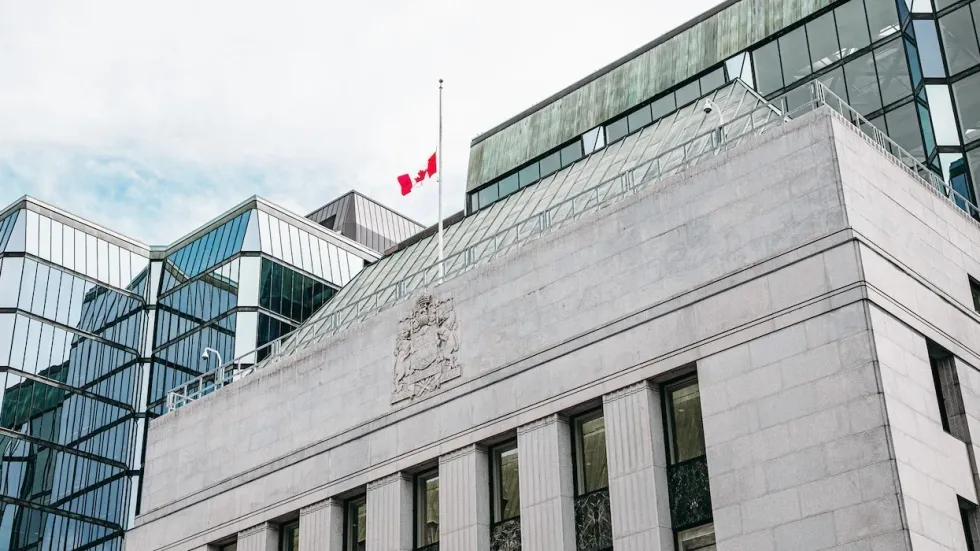
A Lose-Lose For Everyone
As RESCON highlights, both the United States (US) and Canada will only suffer from new tariffs, with detrimental impacts to both homebuilding industries. “Nobody wins in a tariff war,” says Lyall. He stresses the intertwined nature of the two countries and their supply chains, and says a tariff war will render imports more expensive and add to the already high cost to build housing. Lyall drives home the hard-hitting fact that Trump’s move impacts tens of billions of dollars of trade in construction materials alone.
“The trade agreement, which goes back to the repeal of the laws in 1830 in England, was really the kick-off to free trade, because reducing tariffs was all about encouraging different jurisdictions and different countries to really specialize in what they’re particularly good at relative to others,” Lyall tells STOREYS. “It makes the exchange of goods and services more efficient all around – that’s the idea. It took a long time to get here, but it really did take off over the years – in particular, over the past decade. It reduces consumer costs, encourages investment, and creates certainty. But Trump has basically ripped up and trampled all over the North American Free Trade Agreement.”
Lyall says the current situation is a much more significant event than the tariffs imposed by the previous Trump administration in March 2018 on certain imports of steel and aluminum from Canada. Back then, Canada responded by imposing countermeasures against $16.6 billion of steel, aluminum, and other products from the US before both countries lifted their tariffs in May 2019. “This is a whole other ball game,” says Lyall of the new tariffs.
According to the National Association of Home Builders (NAHB), Canada and Mexico account for nearly 25% of building materials imported into the US. Roughly 30% of the lumber used in the States is imported, and more than 85% of the imports come from Canada. Canada is also the largest foreign supplier of steel and a major supplier of aluminum to the US, both of which are essential for residential construction. Meanwhile, the US also imports other materials from Canada, like cement, cement products, and gypsum used for drywall, according to RESCON. Lyall stresses that the Canadian industry relies heavily on imported material from the US. But he says Americans will also suffer, as US homebuilders rely on Canada to fully meet their lumber needs.
Critics say American companies will respond to the new tariffs by raising their prices and passing on the cost to the consumer. RESCON points to the budget lab at Yale University’s estimate that tariffs would raise prices in the US and cost families between $1,900 and $7,600 a year.
Not surprisingly, passionate voices in the US are also speaking out against the tariffs. On Friday, NAHB sent a letter to President Trump asking for exemptions on building materials from Canada and Mexico. Stressing the country’s housing shortage and affordability crisis – something they highlight Trump prioritized on his first day in office with an executive order to increase housing supply and affordability – the letter says that imposing tariffs on Canada and Mexico will only worsen the current situation. This will slow the domestic residential construction industry, stresses the letter.
Like in Canada, the United States’ construction industry already faces a challenge when it comes to the cost and availability of building materials. Therefore, the need for a cost-efficient supply chain for building materials is more than a nice, friendly idea – it’s imperative for both countries’ sustainable growth.
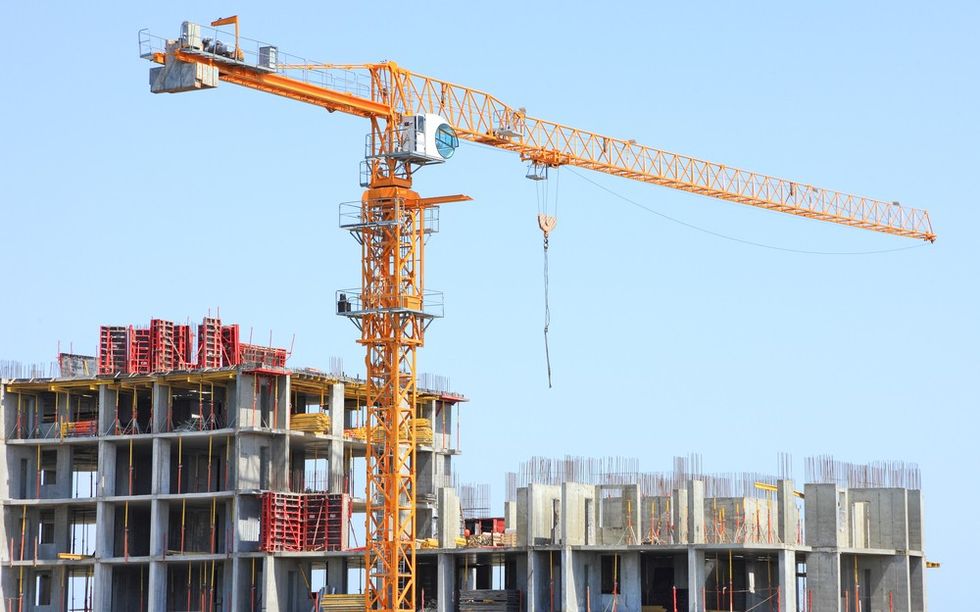
Another Hit For the Housing Crisis
A rep from the Canadian Home Builders’ Association (CHBA) tells STOREYS that tariffs could impact Canada’s building industry in three principal areas. First and foremost, a slowdown in the Canadian economy from fewer exports to the US due to tariffs would reduce residential investment, starts, and supply. Second, Canada’s countervailing tariffs, if applied to construction goods, would increase costs of construction, further eroding affordability and access to housing for Canadians. Third, if the Canadian dollar weakens due to trade imbalance, imports will become more expensive, raising construction costs.
Builders in Canada will likely have to look to alternative sources, like domestic Canadian producers or suppliers from other countries moving forward. Building will now involve a little creativity, says BILD's SVP of Communications Justin Sherwood. “Not just the building industry, but all industries – Canada as a country – is going to have to get creative and see where we can source alternatives that aren’t impacted by countervailing tariffs and aren’t necessarily Canadian,” says Sherwood. “Maybe that looks like using Korean appliances over American appliances, fro example.”
However, Sherwood and Lyall also raise the red flag that the disruption – along with increased costs – could lead to delayed or cancelled projects or slowdowns in new home construction as supply chains adjust. This will come amidst a climate that has seen cancelled and paused housing projects already become all too common, especially in places like the Greater Toronto Area (GTA). RESCON stresses that such a scenario could exacerbate existing housing shortages and drive-up prices, with Lyall adding that the impacts of these tariffs will come quickly.
Naturally, Canada will adapt easier in some areas over others. According to CHBA, Canada imports some $3.5 billion in glass and glass products, $3.1 billion in major appliances, $2.2 billion in hardware, and about $1billion in ceramic tile and products. Of those products, only appliances are being targeted by Canada in the first phase of countervailing tariffs. But the second phase of tariffs, slated to come into place after 21 days, currently includes steel and aluminum. Canada exports over $20 billion in steel and aluminum to the US annually, but also imports some $17 billion on steel and aluminum. "Tariffs on these are going to drive up the cost to build and further erode affordability in the GTA,” says Sherwood.
It’s the homebuyers who will inevitably pick up the tab of the higher material costs. Of course, when it comes to the embattled pre-construction market, homebuyers in places like the GTA already pay the price of climbing development fees. Just when we seem to be climbing out of a slumped housing market, these new tariffs inevitably add a major blow on the affordability front.
“We expect a slow down in the Canadian economy due to fewer exports to the US, and we believe that that will slow consumer confidence in the real estate market,” says Sherwood. “This is going to further reduce sales, residential investment starts, and – ultimately – supply. That's coming on top of 2024 being a very bad year for home sales in the GTA already.”
RBC economist Robert Kavcic tells STOREYS that two major things will push and pull the housing market. “If the economy is tipped into recession and the jobless rate rises further, as we expect it would, that ultimately outweighs all other factors for housing,” he says. “At the same time though, the Bank of Canada would likely cut interest rates more aggressively, possibly by 100-150 bps more from here, which will drag down mortgage rates. I think the negative growth impact would outweigh the positive mortgage rate impact in 2025 and lead to continued downward pressure on prices and activity in many markets.”

Paving A Road To A Recession?
How well positioned is the Canadian economy to manage this new reality? “Canada’s economy was actually gaining some momentum into this year as past interest rate cuts were starting to drive better growth,” says Kavcic. “At the same time, the provinces and Ottawa have fiscal capacity to provide stimulus if needed.”
Still, it’s inevitable that the fragile Canadian economy will take a hit with the new tariffs. “If the tariffs and retaliation play out as announced, we’d be looking at a 2 ppt hit to real GDP growth in Canada in 2025, which effectively puts us in a mild recession,” says Kavcic. According to Kavcic, a recession could result if tariffs cover a wide range of goods and are in place for a year. “Even without tariffs, you’d expect that business confidence is shaken enough now to set us on a weaker growth path than we were previously,” says Kavcic.
Sherwood says the Canadian economy and consumer confidence will go through a period of adjustment. “Everyone woke up on Saturday to the same realization that this was actually happening,” he says. “We're going to have to go through this period of adjustment before we can understand what the real impacts will be. For example, are the countervailing duties – the Canadian duties – are they gonna be inflation or not? And if so, what's gonna happen to interest rates? I think everyone is going to have to take a bit of time to understand what this fully means, but it's pretty clear that there’s going to be an impact and we're going to have to adjust to that.”
In the meantime, the CHBA is urging the government to remove GST and HST on all new construction projects and to lower development charges. “Governments can help offset the impact that countervailing tariffs will inevitably have on housing affordability by removing the GST (and PST/HST) on new construction, as well as lowering development taxes at the municipal level, particularly in those municipalities with extremely high development taxes,” says a CHBA rep.

"Deflective and Unjustified"
According to Lyall (and, undoubtedly, many others), all this tariff warfare is a tactic to distract from other decisions and actions taken by the American government. Of course, this can involve everything from widespread deportation of immigrants to the withdrawal of aid to underdeveloped nations. Frankly, nothing Trump does is surprising anymore.
“The excuse for imposing tariffs is nonsense; it’s part of a larger strategy,” says Lyall. “There’s something more behind it and I think it’s more deflective than anything. If you want to get people not to look at what you're doing over here, do something over there, right? So everyone is focused on this trade war now when there's a lot of other geopolitical issues that are happening. It’s a generally accepted fact that tariffs aren’t helpful. It’s all an excuse."
Lyall points to the widespread damage of last month’s fires in Los Angeles as something Trump should be better focused on. “They have to rebuild LA – it’s a massive project,” says Lyall. “And what are they doing right now? They're jacking up their construction costs, jacking up the cost of lumber, and they're kicking out the workers. You can't make it up.”
